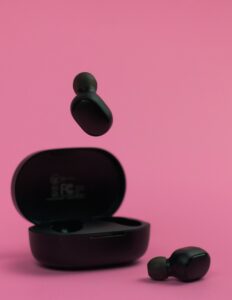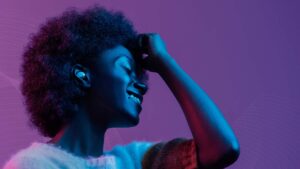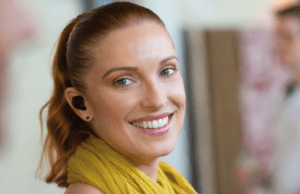
Did you know that an estimated 1.5 billion people around the world are facing some degree of hearing loss? With that number expected to skyrocket to 2.5 billion by 2050, ...

Acoustic fabric converts audible sounds into electrical signals, Wow! Tech Explore Home/Engineering March 16, 2022 Author: Ms. Jennifer Chu, Massachusetts Institute of Technology So, you are having trouble hearing. Well ...

A Hearable is wearable hearing help and we are so excited about the potential of what they can offer people! We are glad you asked because sometimes we wonder that ...

The Signia Active Pro How do you convince someone you think has a hearing loss, but has decided not to get hearing aids, to find something so that he or ...

What is a Hearable? A Bluetooth streaming device or “hearable” or electronic earbud, or whatever you want to call these pieces that fit in your ears like the airpod, offers ...
Powered By SinglerDesign.com